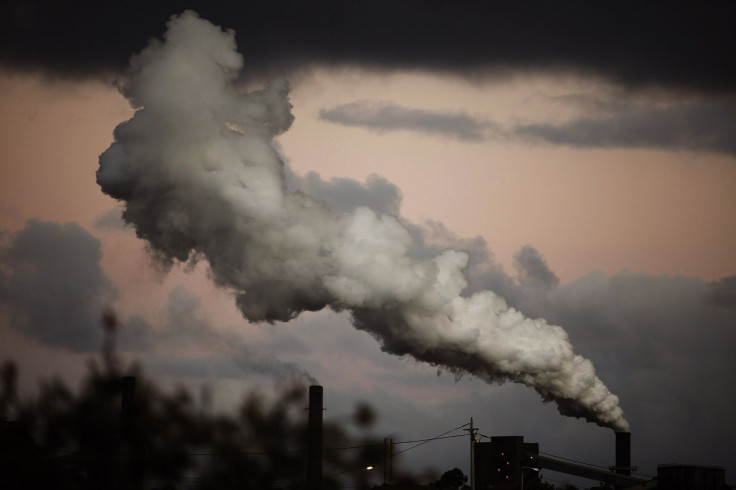Climate change: Australia’s greenhouse gas emissions may surpass its commitment level soon

Despite global efforts to curb global warming and climate change, Australia’s greenhouse gas emissions are rising. The country has already spent 20 percent of its greenhouse gas emissions allowance for year 2050.
In order to keep global warming under 2C, the world can emit only a finite amount of greenhouse gases. This quantity of greenhouse emissions permitted over a specific period of time to keep global warming and climate change under the tolerable range, is called carbon budget.
The government’s Climate Change Authority (CCA) estimated Australia’s carbon budget in 2014. According to the CCA, between 2013 and 2050, the country could emit 10.1 gigatons of carbon dioxide or equivalent greenhouse gases. However, projections by the consultants NDEVR Environmental say that the country has already emitted about 20 percent of what the world can emit between 2013 and 2050.
The figures reflect that Australia has emitted twice the amount equivalent to the target set by the Climate Change Authority. Furthermore, this implies that if the current rate of Australia’s greenhouse gas emissions continues unabated, it will spend its entire budget by 2031.
What is Australia doing about climate change, global warming or greenhouse emissions?
The government’s target is to reduce greenhouse gas emissions of Australia by 26 percent to 28 percent by 2030, taking 2005 as the baseline year because it is after 2005 that the greenhouse emissions of the country have grown unusually high.
The federal government’s primary plan to reduce carbon emissions is by Direct Action. Under this plan, it pays polluters to reduce pollution. About 83 percent of the emissions reduction fund has been spent reportedly. However, there is still no proof if that helped to curb overall carbon emissions.
Post-signing the Paris Agreement, under which Australia is committed to take strong domestic as well as international action on climate change and hence keep the global warming under 2C, the country seems to have made non-binding commitments to reduce the emissions. Thus, it can be said that Australia is not consistent with the goal as of now.
Australia’s greenhouse emissions majorly come from - electricity, stationary energy (excluding electricity), transport, fugitive emissions, industrial processes and product use, agriculture, waste land use, land use change and forestry.





















